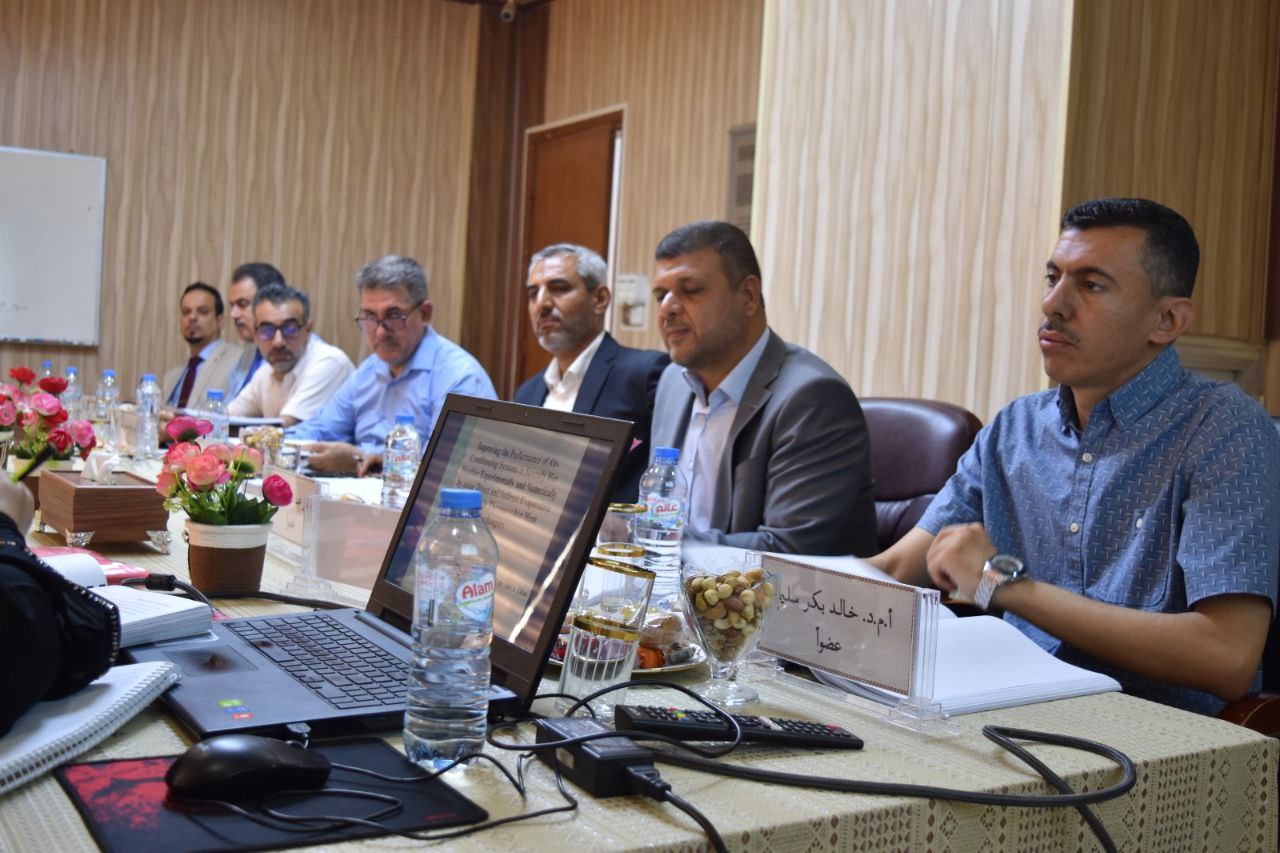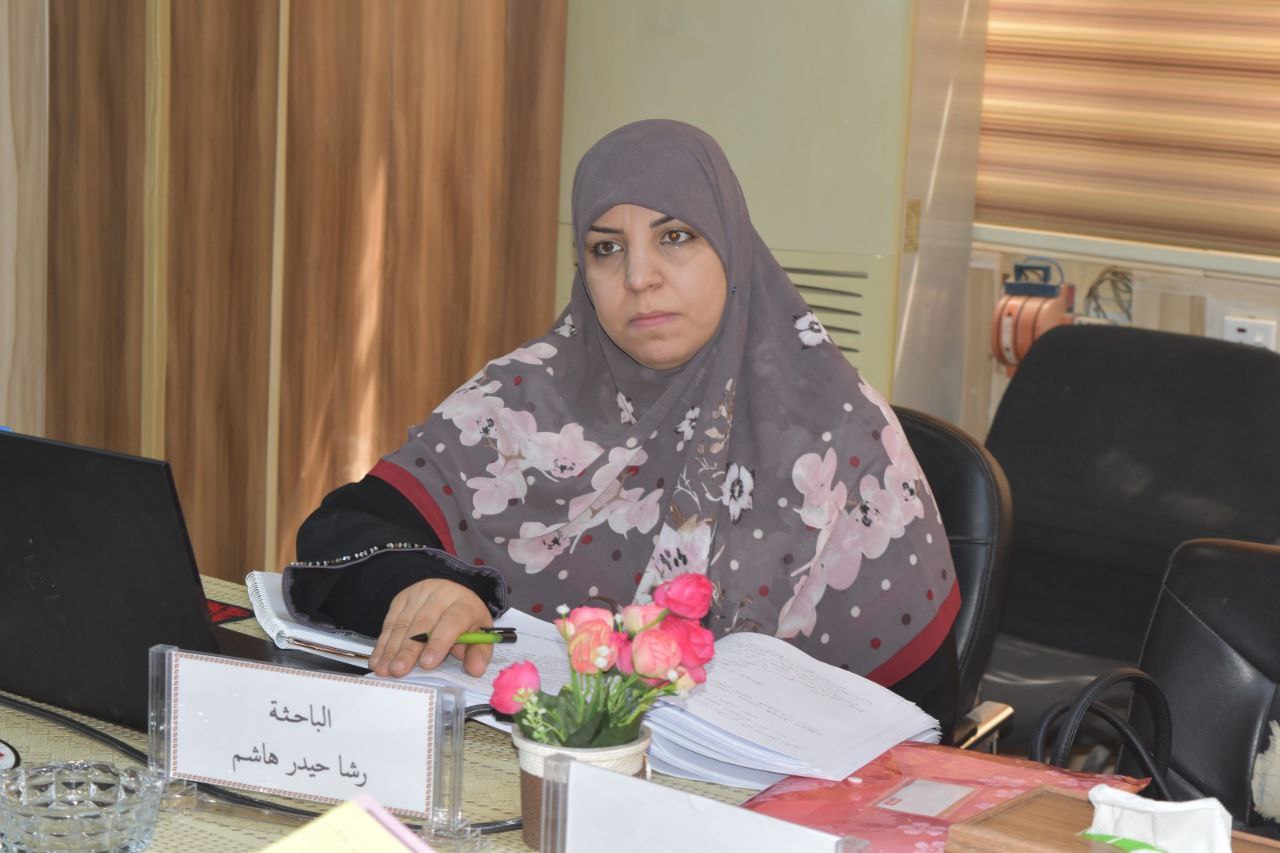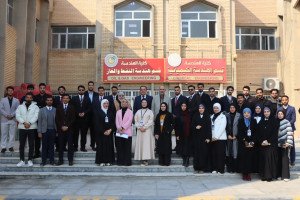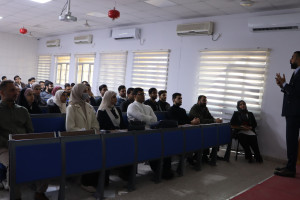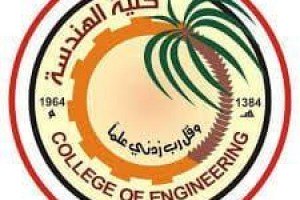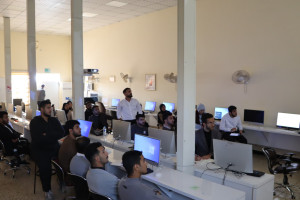
a PhD thesis in the College of Engineering, University of Basrah discussing (Improving the performance of air conditioning systems in hot weather experimentally and numerically by using direct and indirect evaporative cooling with heat exchangers with heat pipes) , and the second section studies the dual effect of indirect evaporative cooling combined with a charged heat pipe heat exchanger (HPHX) with acetone as the working fluid at filling percentages (70 and 100%). The performance of these individual systems has been investigated experimentally across a wide range of external design conditions of DBT (35–50) C and RH (20–60)%. The parameters tested outdoors were the effect of RH, DBT, number of charged rows and fill ratio in the heat exchanger, and inlet air velocity. The study addressed various challenges, namely: performance coefficient, cooling capacity, energy saving, and the percentage of enhancement in very high weather temperatures. Numerical simulations have been developed to solve the governing equations in three dimensions using the ANSYS (FLUENT) software version (21.R1) The thesis aims to improve the performance of air conditioning systems in hot weather experimentally and numerically by using direct and indirect evaporative cooling with heat pipe heat exchangers. The thesis concluded that the cooling capacity increased within (10-20)%, while the average temperature decreased (3-11) degrees Celsius. The results also showed that the use of the heat exchanger improves the performance of the system by 10% compared to other conventional systems. The results of the theoretical model and the CFD model were found to be in good agreement with the experimental results with an error rate not exceeding 6%.


